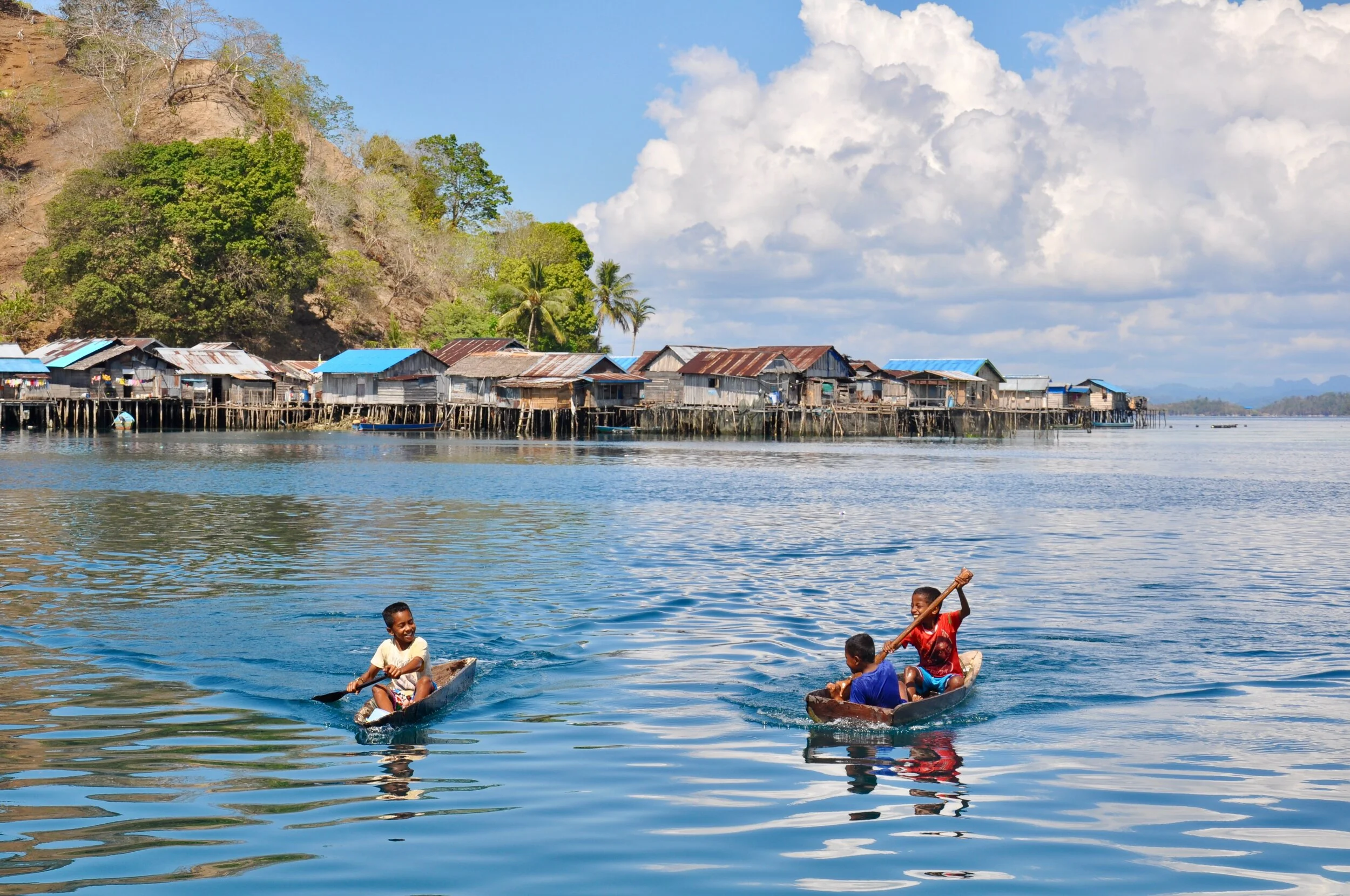The Blue Guide KEY RESOURCES
Welcome to the Blue Guide!
The Blue Guide was prepared for The Nature Conservancy (TNC) with funding from USAID. It seeks to assist practitioners of disaster risk reduction (DRR) in applying nature-based solutions (NbS) for coastal resilience. Visit www.natureprotects.org to learn more.
On this page, we have compiled the key resources for our presentation to the IORA Blue Carbon hub meeting. If you can, have a look at the essential documents below in section A, and familiarise yourself with the Banyanpura case study that we will use as a basis for our demonstration of the solution finder.
If you’d like to apply the solution finder later on, you may find the video walk through in section B useful.
Finally, we list external resources in section C that we found useful — either as additional background or to implement specific solutions. .
Happy reading, and see you soon!
A.2 The Blue Guide to coastal resilience. Protecting coastal communities through nature-based solutions.
Download the Blue Guide from www.natureprotects.org (link at the bottom of the page). The Guide comes with two rich toolboxes for application and facilitation of training courses. The direct link to the toolboxes is here.
A.3 Solution finder
Your virtual assistant to support the steps in Stage 4 (Identifying solutions). Use it in combination with file A.4 Solution finder user manual.
A.5 Banyanpura
We have created this case study that describes the situation in the coastal coastal community of Banyanpura. This will serve as a reference throughout the demonstration of the solution finder in our breakout rooms. What will be the most effective nature-based solutions for Banyanpura? See the file here: A.5 Banyanpura
C. FURTHER READING
C.1 UNDRR (2019). Global Assessment Report on Disaster Risk Reduction.
The status of disaster risk reduction, with an outlook and recommendations.
In this report, the IFRC looks at the impact of climate change under different scenarios, what it means for the humanitarian world, and what can be done about preventing the worst.
Study that looks at the disproportionate impact of disasters on poor populations, and what can e done about it.
C.4 WWF (2016). Natural and nature-based flood management: A Green Guide.
A comprehensive guide for reducing flood risk. At the start of all Stages of the Blue Guide, there is a reference as to how the Blue Guide and the Green Guide relate to each other.
C.5 IFRC (2016). Road map to community resilience.
This process manual is designed for Red Cross and Red Crescent Societies and can be used together with the Blue Guide. At the start of all Stages of the Blue Guide, there is a reference as to how the Blue Guide and the Road Map relate to each other.
C.6 CARE (2019). Climate vulnerability and capacity analysis handbook.
This updated second edition includes a range of great tools for community-based risk assessments. Very useful especially for Stages 2 and 3 of the blue Guide.
This standard reference offers excellent general guidance on ecological restoration. It includes the ecological recovery wheel and the social benefits wheel as great monitoring tools (you may use these in stage 5 of the Blue Guide).
C.8 Shaver E. C. et al. (2020). A Manager’s Guide to Coral Reef Restoration Planning and Design.
Specific guidance on coral reef restoration.
C.9 Fitzsimons, J. et al. (2019). Restoration Guidelines for Shellfish Reefs.
Specific guidance on shellfish reef restoration.
C.10 UNEP (2020). Guidelines on Mangrove Ecosystem Restoration for the Western Indian Ocean Region.
Specific guidance on the restoration of mangroves.
C.11 Björk, M. et al. (2008). Managing seagrasses for resilience to climate change.
Specific guidance on the restoration of seagrass.















